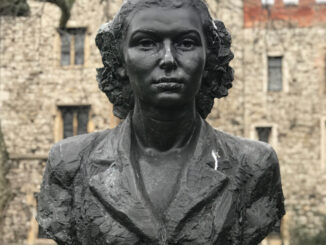
“Carve their names with pride”: the SOE Memorial
Many of the stories of those who served in WW2 are capable of inducing in those of us who have never had to face such […]

Many of the stories of those who served in WW2 are capable of inducing in those of us who have never had to face such […]
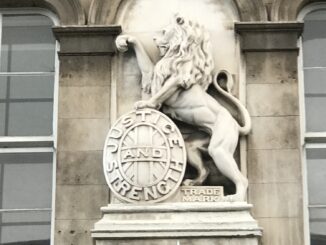
Just across the street from where the new London Museum (nee Museum of London) is emerging in copper-covered glory from the old Poultry Market is […]
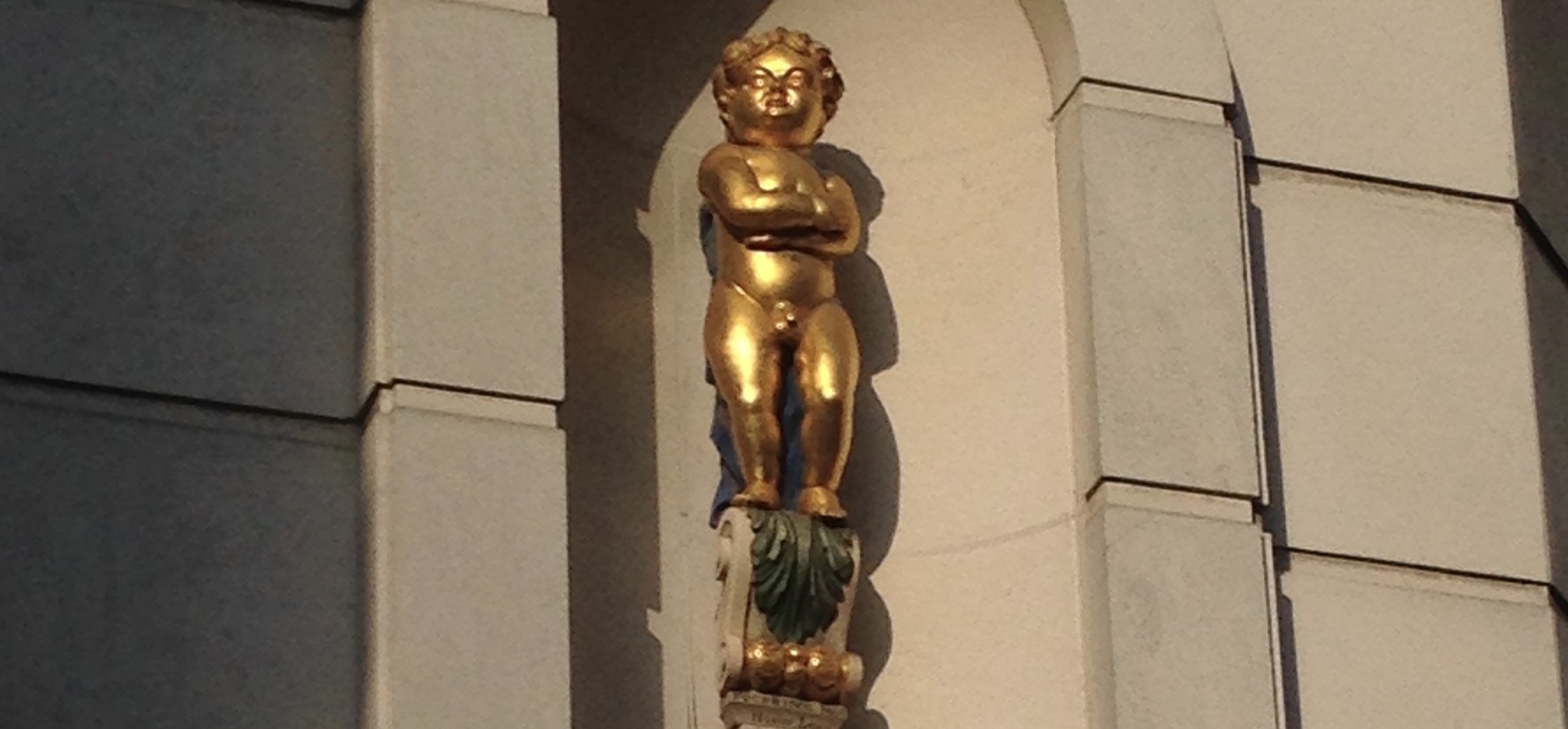
Stroll up Giltspur Street towards Smithfield Market and look up to your left at the building on the corner of Cock Lane. In an arched […]
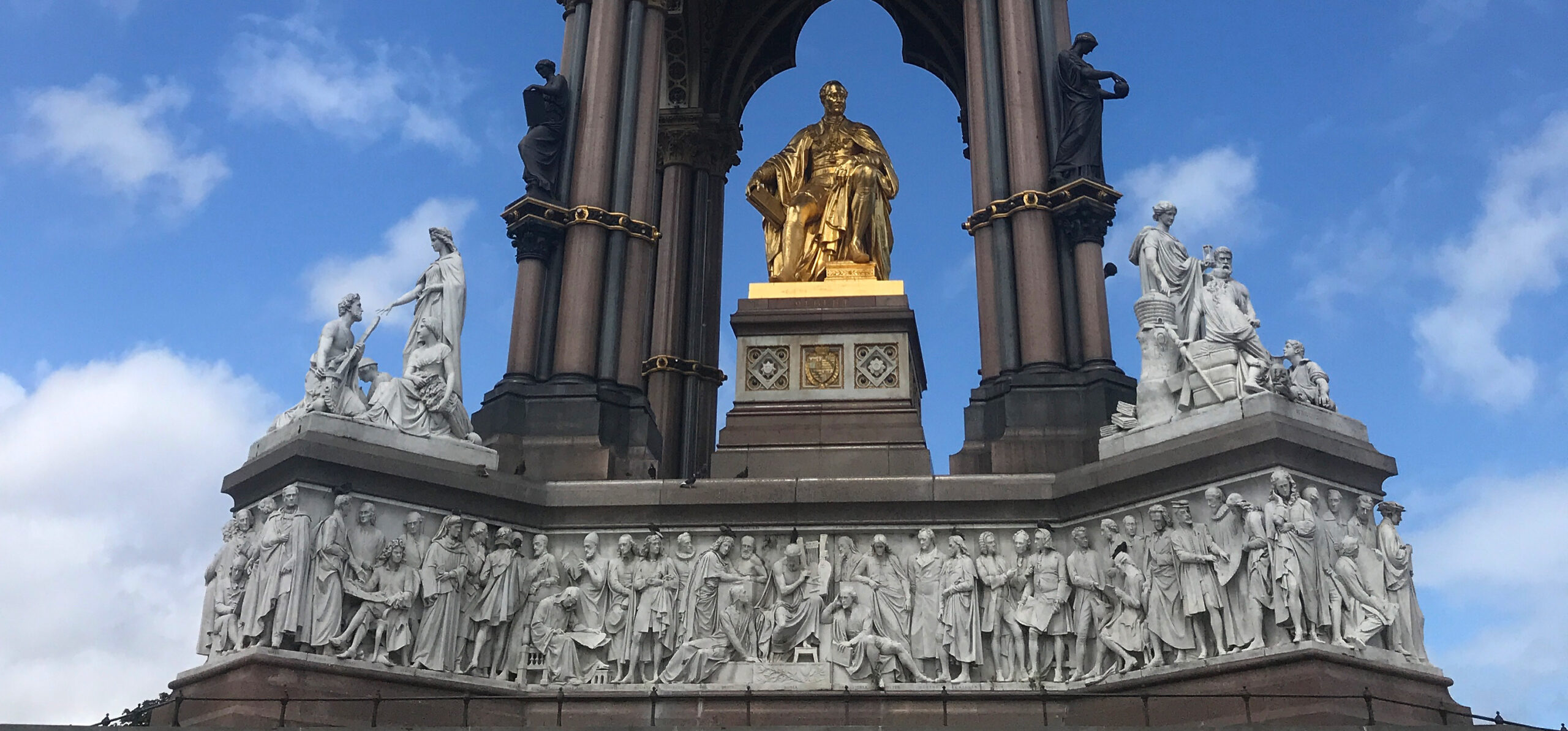
Of course the damn thing is utterly absurd. Every criticism of high victoriana – over-sentimental, over-decorated, over-elaborate to the point of fussy, over size – […]
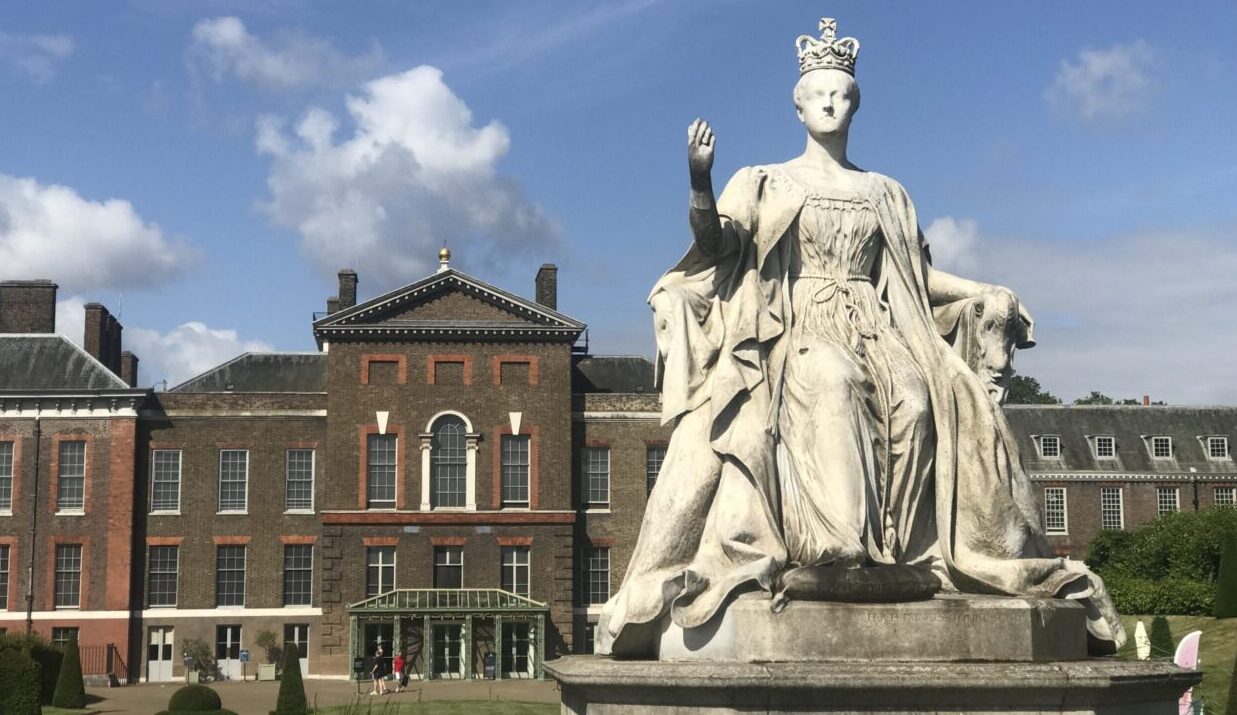
If I say “Queen Victoria” I’m guessing that the picture in your head is of the late-age monarch, ‘we are not amused’-era, dressed in mourning […]
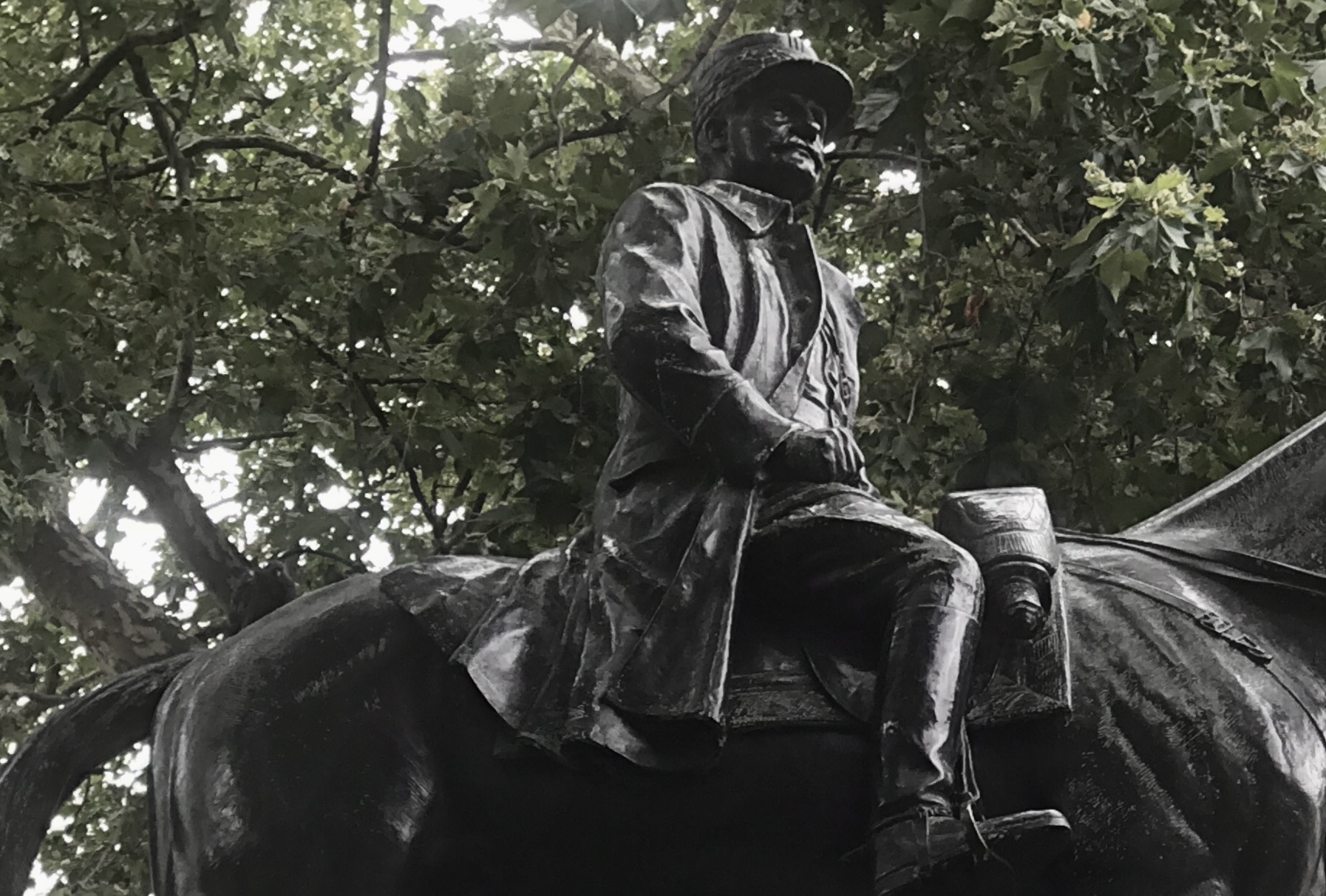
WHAT: Ferdinand Foch WHERE: Lower Grosvenor Gardens (map) BY WHOM: Georges Malissard WHEN: 1930 Within the (slightly grotty) public space of Lower Grosvenor Gardens, facing […]
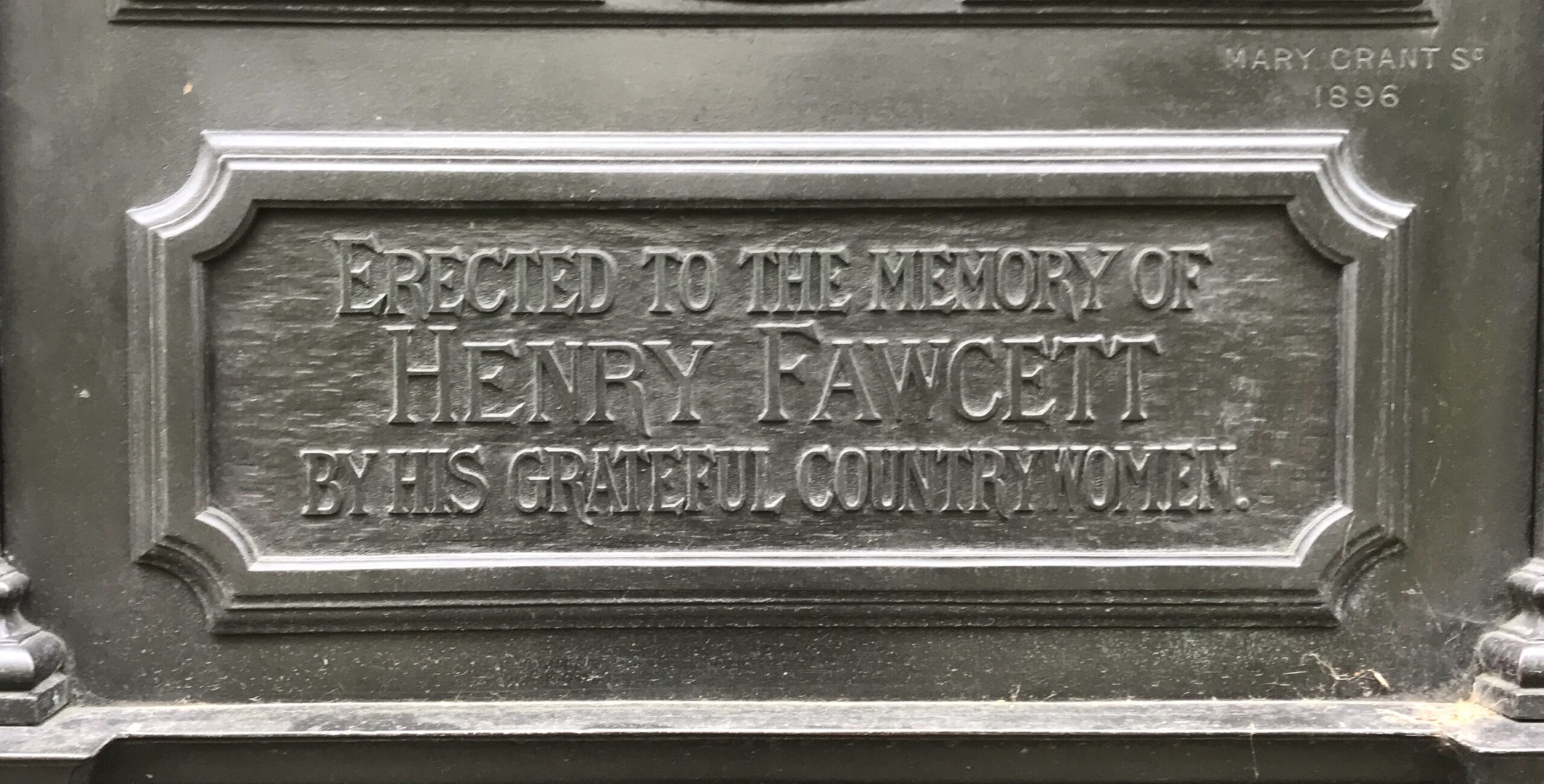
WHAT: Henry Fawcett Memorial WHERE: Victoria Embankment Gardens (map) BY WHOM: Mary Grant WHEN: 1886 There are numerous late Victorian statues and memorials in Embankment […]
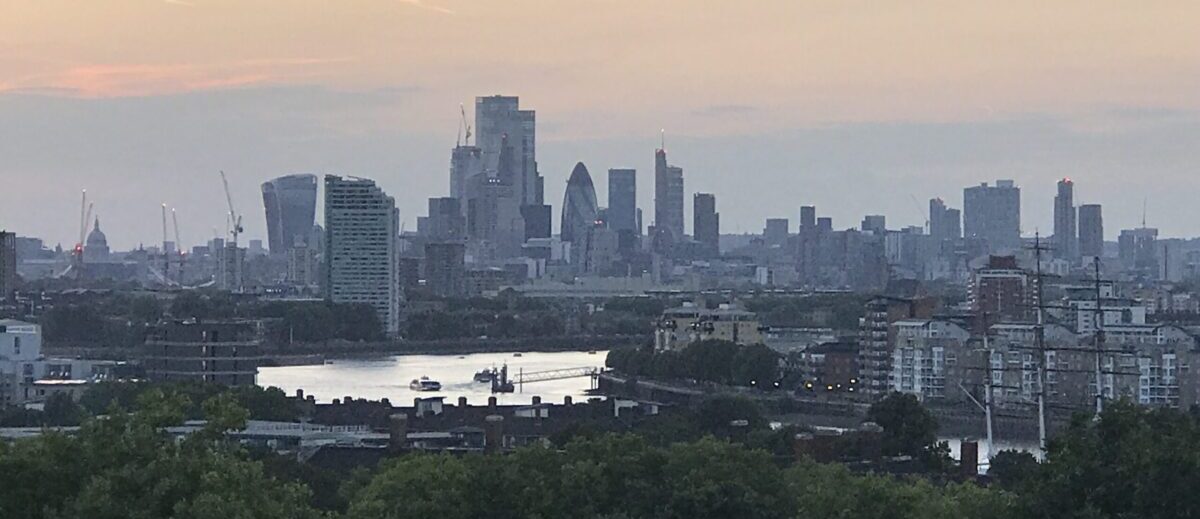
WHAT: Statue of James Wolfe WHERE: The Royal Observatory, Greenwich (map) BY WHOM: Robert Tait McKenzie WHEN: 1930 From the statue of James Wolfe, next […]
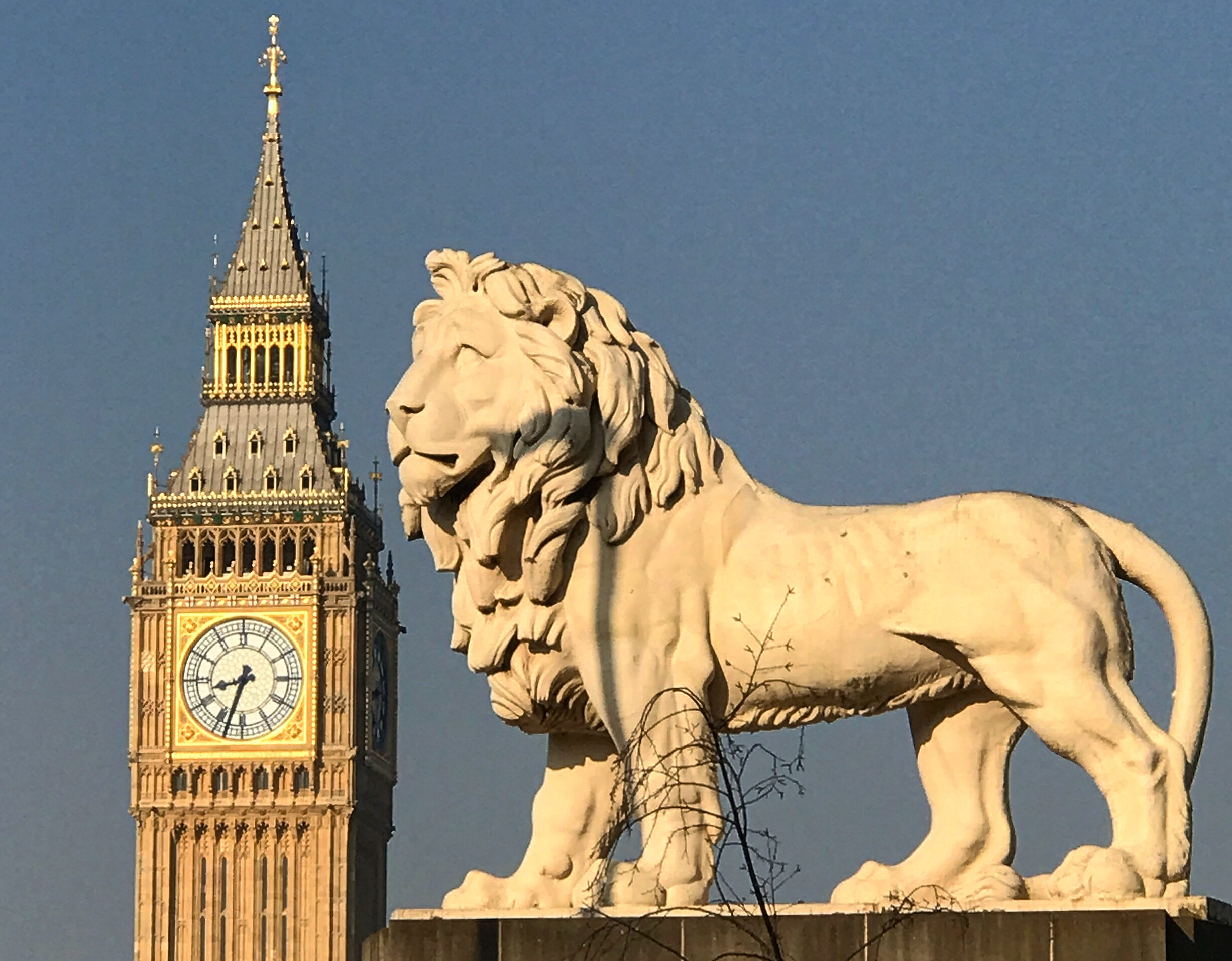
For the past several months I’ve been taking groups of cruise passengers on a Winston Churchill tour – five days encompassing Chartwell, Bletchley, Blenheim, the […]
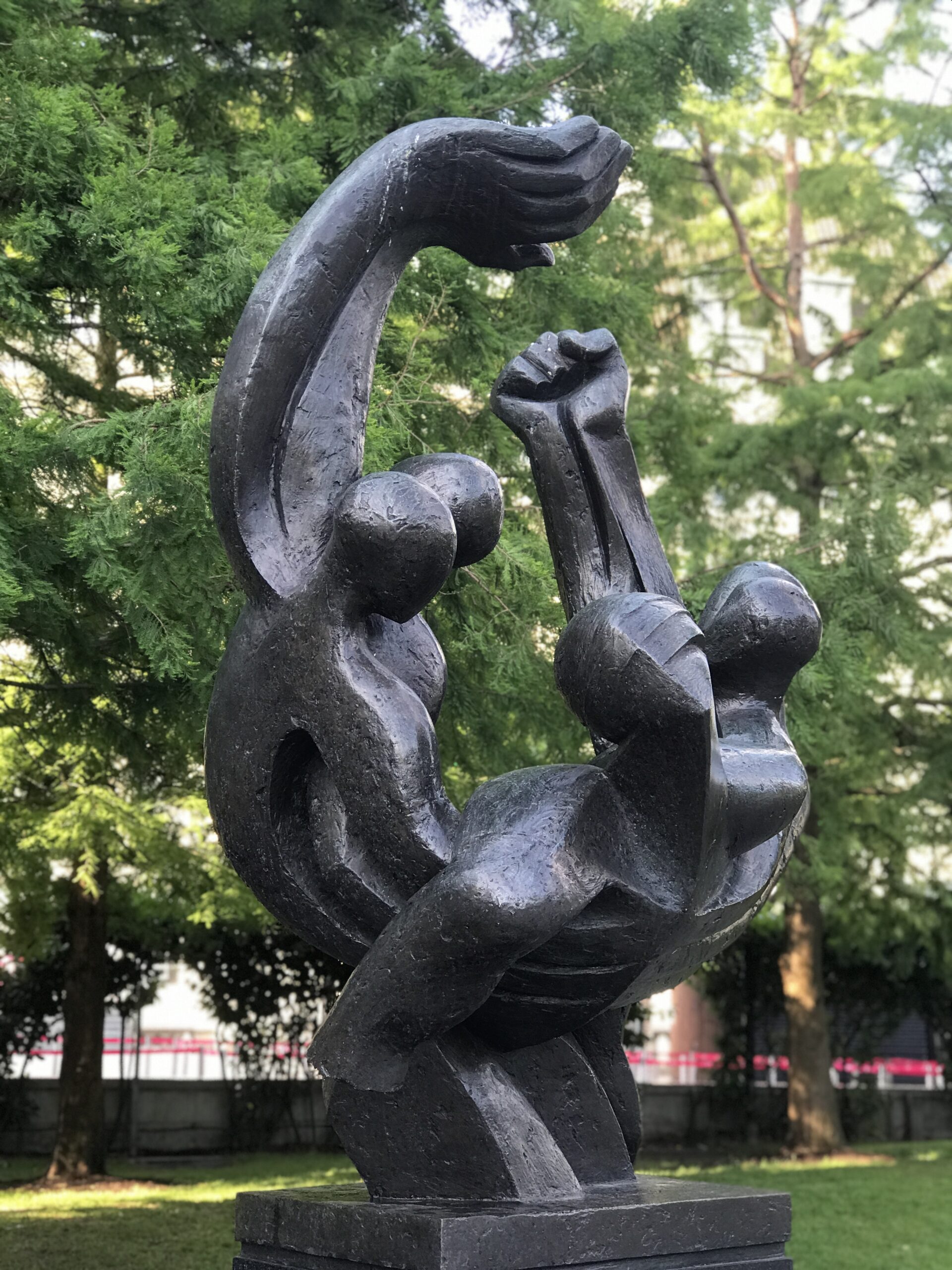
The British and other foreign fighters travelling to Ukraine to resist Putin’s invasion are an echo of 85 years ago, some 35,000 non-Spaniards (2,500 from […]
Copyright © 2024 | WordPress Theme by MH Themes